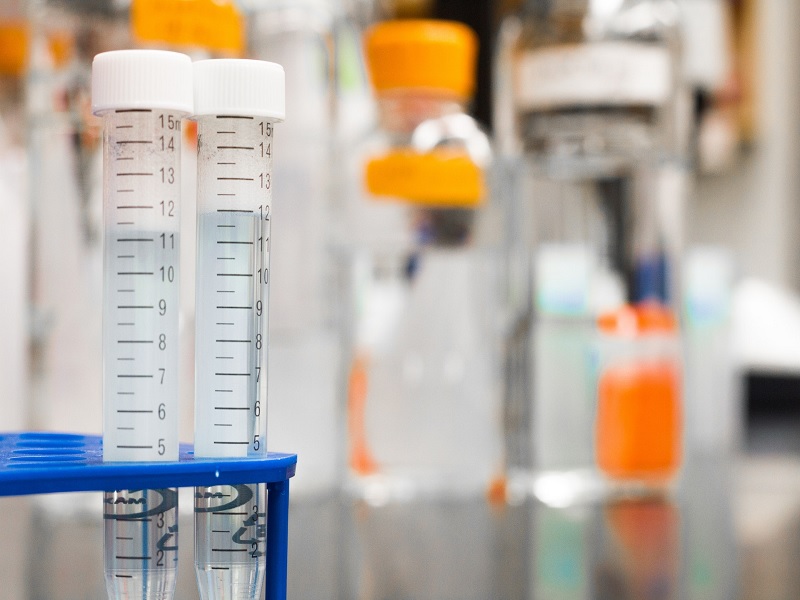
Did you know there are chemicals in your car’s tires that are toxic to fish, such as coho salmon?
6PPD prevents cracking and blowouts in tires. As 6PPD performs these functions, it reacts with ozone created by vehicle traffic and results in a transformation product called 6PPD-quinone.
Unfortunately, 6PPD and 6PPD-quinone are highly toxic to some species of aquatic life — tiny amounts of 6PPD-quinone can kill coho salmon before they’re able to spawn.
That’s why we’re searching for a safer alternative to 6PPD for use in tires. Before we can do this, however, we need to be clear about the guidelines we’re using to define “safer.”
We refer to these guidelines as hazard criteria. We’ll use 6PPD alternatives assessment hazard criteria to set standards to collect data and analyze the safety of possible replacement chemicals for 6PPD — and we want your input.
What are hazard criteria?
When we test how toxic a chemical is, we rely on hazard criteria. These criteria set specific guidelines so we can collect appropriate data and analyze each chemical’s safety in the same way. For example, we can use hazard criteria to define the baseline limit for chemical toxicity or require certain data measurements when comparing chemicals to one another.
Hazard criteria enable us to be consistent when deciding if a chemical is a safer alternative to 6PPD. Once we have hazard criteria, we can use them to guide our alternatives assessment.
What is an alternatives assessment?
An alternatives assessment is a process for comparing chemicals that perform a similar function to a chemical of concern and identifying those that are safer. We may also consider other factors, such as availability and feasibility (whether a chemical is currently used in tires or could be used to meet performance requirements) in an alternatives assessment.
During the alternatives assessment, we’ll evaluate the safety of possible alternative chemicals. These evaluations include assessing specific data, known as “endpoints,” to comprehensively understand a chemical’s toxicity. The hazard criteria we develop will provide a standard way to compare these chemicals to 6PPD.
For example, a laboratory may test to see how much of a chemical will kill 50% of exposed organisms (known as lethal concentration 50 or LC50). After these measurements are collected, we will incorporate the information into a chemical hazard assessment and determine whether the chemical is safer than 6PPD using the limits set in our hazard criteria.
Hazard criteria for 6PPD alternatives assessment
We modeled our 6PPD Alternatives Assessment Hazard Criteria on the Safer Products for Washington program hazard criteria used in Cycle 1 (see Appendix C for a list of these criteria). We also proposed three additions for our 6PPD hazard criteria to better protect sensitive species like coho salmon. Sensitive species require high-quality environmental conditions to thrive and are more heavily affected by changes in their habitat such as chemical exposure, pollution, temperature, and pH.
| Addition | Explanation |
|---|---|
| Addition 1. Food chain data: Alternatives must have data on acute aquatic toxicity to coho salmon, as well as acute aquatic toxicity data for two other trophic levels (levels of a food chain). | This modification will allow us to measure the toxicity of possible alternatives to coho salmon, as well as see how these chemicals affect organisms on different levels of the food chain. |
| Addition 2. Transformation product data: Alternatives must have data on the toxicity of transformation products after exposure to ozone. | Any replacement chemicals for 6PPD will be exposed to ozone in the environment. This exposure (and subsequent reaction as the chemical performs its protective function) will result in new chemicals, known as transformation products. Because we know transformation products occur, we want to ensure these chemicals aren’t as toxic as 6PPD-quinone. |
| Addition 3. Toxicity limit: We will place an upper limit on the acute aquatic toxicity LC50 values allowed in the minimum criteria (>0.1 mg/L). | 6PPD and 6PPD-quinone are highly toxic. Even very small amounts of 6PPD-quinone can kill certain fish (like coho salmon). We want to make sure any replacement chemical is safer for aquatic life compared to 6PPD-quinone. Although chemicals with an LC50 of 0.1 mg/L could still be considered very highly toxic with respect to aquatic life, these chemicals would still provide a more than 1000x improvement over 6PPD-quinone. |
Want to learn more? We discuss our 6PPD Alternatives Assessment hazard criteria in this video.
We want your feedback!
Do you have ideas about how we might refine our 6PPD hazard criteria? We welcome your input! Use this comment form to provide your insights on the 6PPD Alternatives Assessment Hazard Criteria from June 14 to July 14 (11:59 p.m.).
To get you brainstorming, here are a few questions we’d like feedback on:
- Besides coho salmon, should we require data for other specific organisms?
- How many trophic levels (levels on the food chain) should we require for acute aquatic toxicity?
- Is the LC50 value strict enough? Is it too strict?
- Should we require any other specific data as part of our hazard criteria?
We will consider your input as we finalize our hazard criteria in preparation for the 6PPD alternative assessment. Subscribe to our email list to stay up to date on our 6PPD work.

